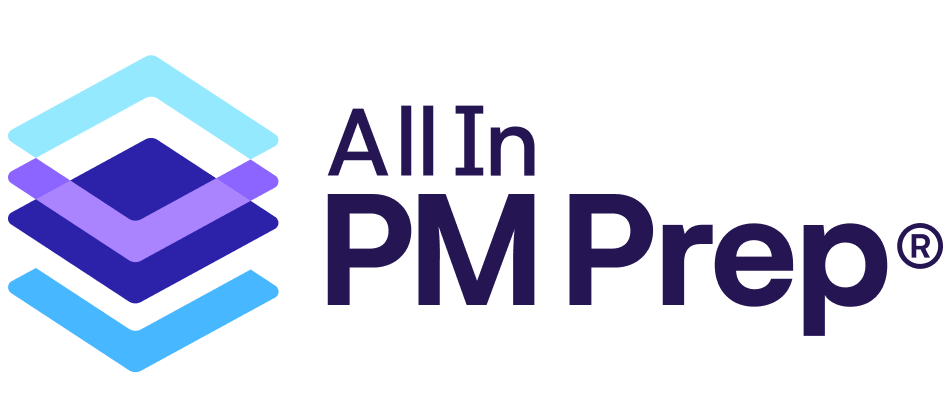When you peek into a restaurant kitchen during dinner rush, it’s pure chaos: servers shouting orders, chefs juggling pans, suppliers delivering at the back door, and customers waiting impatiently at tables.
It’s hot, loud, and intense. Yet somehow, the food comes out right, customers are satisfied, and the team survives another night.
That kitchen is the perfect metaphor for stakeholder management in project management. Because just like a chef can’t run a kitchen without understanding everyone’s needs, a project manager can’t succeed without mastering stakeholder engagement.
In project management, stakeholders aren’t just the executives who approve budgets. They’re everyone affected by the project — internal and external, supportive and resistant.
Here’s how the kitchen maps to the project world:
- Customers = End Users/Clients. Their satisfaction defines success.
- Servers = Team Members/Communicators. They carry requests back and forth and influence perception.
- Suppliers = Vendors. They provide the resources; when deliveries go wrong, the project suffers.
- Chef = Project Manager. Coordinating, adjusting, and ensuring the final output meets expectations.
1. Identify Stakeholders
Just as a chef knows every role in the kitchen and every table in the dining room, a PM needs a stakeholder register. Who are they? What do they care about? How much influence do they have?
2. Plan Stakeholder Engagement
A skilled chef anticipates challenges: the supplier who runs late, the regular who always orders off-menu. PMs do the same — planning engagement strategies before the chaos hits.
3. Manage Stakeholder Engagement
This is real-time communication. A customer changes their order? The chef adapts. A stakeholder updates requirements mid-project? The PM coordinates, adjusts, and communicates clearly.
4. Monitor Engagement
At the end of service, the chef checks: Were customers happy? Did suppliers deliver on time? Did staff feel supported? PMs continuously monitor and adjust stakeholder engagement the same way.
I once worked with a team rolling out an IT system. At first, we only engaged the executives funding the project and the end-users logging in daily.
Halfway through, the finance team complained that reporting didn’t fit their needs. The help desk wasn’t ready because training had been skipped.
We had focused only on the “customers” in the dining room. We forgot the servers and suppliers.
Expanding the stakeholder register and building tailored engagement plans brought everything back on track. The result? A smoother rollout and satisfied users.
You can’t please everyone the same way. A vegan table and a steakhouse customer both matter — but they need different things.
Communication is constant. Kitchens thrive on the rhythm of “Order up!” and “Heard!” PMs need that same back-and-forth with stakeholders.
Adaptability is survival. Salmon runs out? Offer a special. Requirements shift? Adjust scope carefully and transparently.
Customer experience matters most. No one cares how busy the kitchen was — only that the plate hit the table right.
- Stakeholders are everyone impacted by the project, not just leadership.
- Proactive identification and planning reduce chaos later.
- Constant, clear communication is the lifeline of engagement.
- Adaptability keeps trust intact when change inevitably comes.
- Success = satisfied stakeholders, just like happy customers leaving a restaurant.
The heat of a kitchen during dinner rush mirrors the heat of projects under pressure. The chef doesn’t eliminate the chaos — they orchestrate it.
Stakeholder management works the same way. By understanding who’s at the table, who’s delivering resources, and who’s carrying the message, a PM can keep projects flowing and deliver outcomes people savor.
So next time you’re in a busy restaurant, glance at the kitchen and remember: you’re the chef of your project. Your job is to serve up value.



